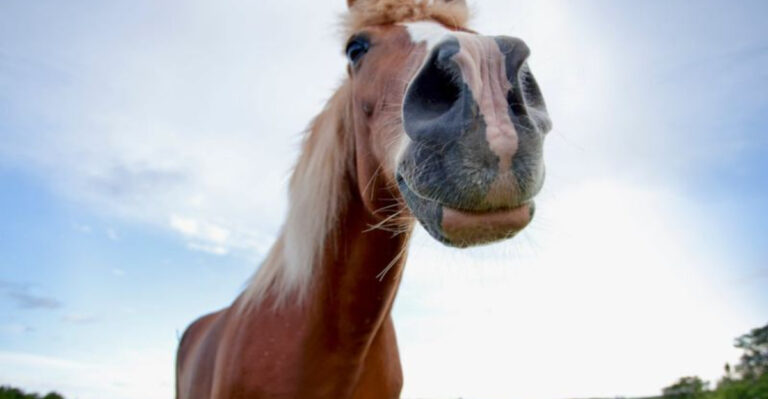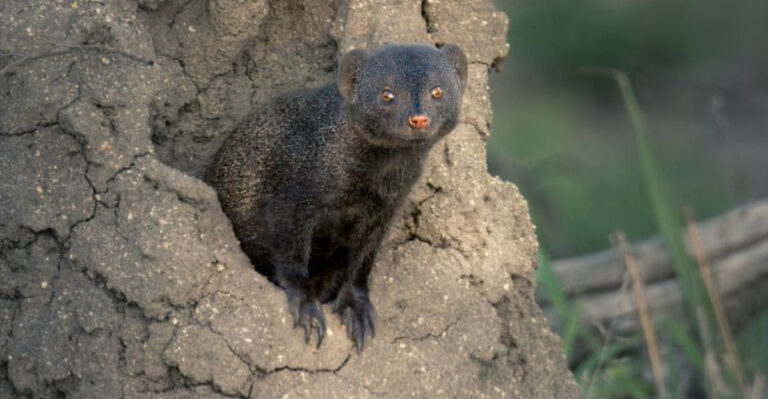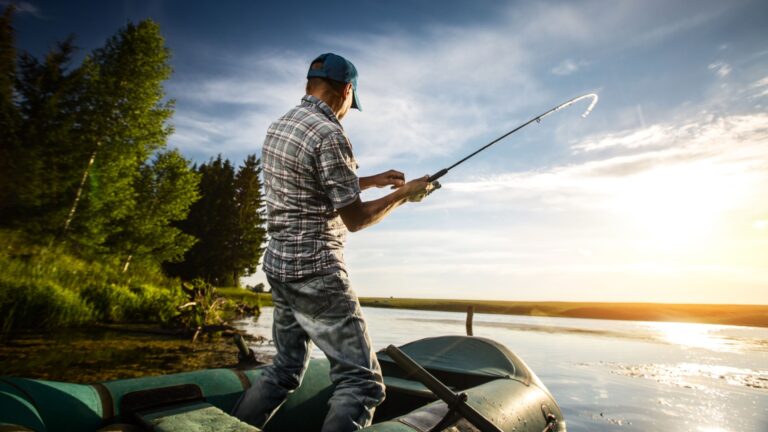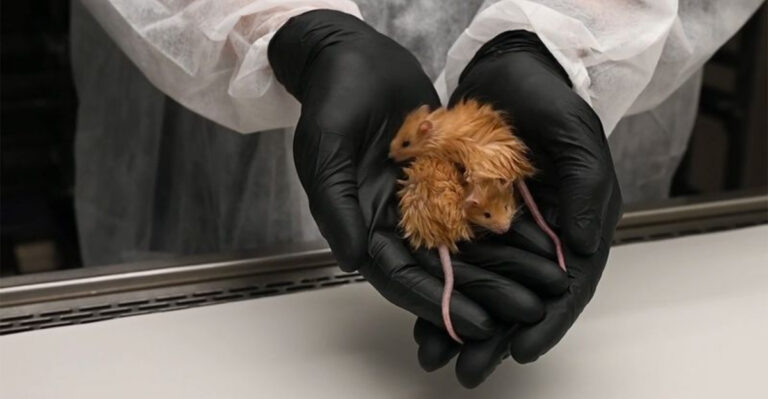19 Myths About Horse Riding That Need Debunking
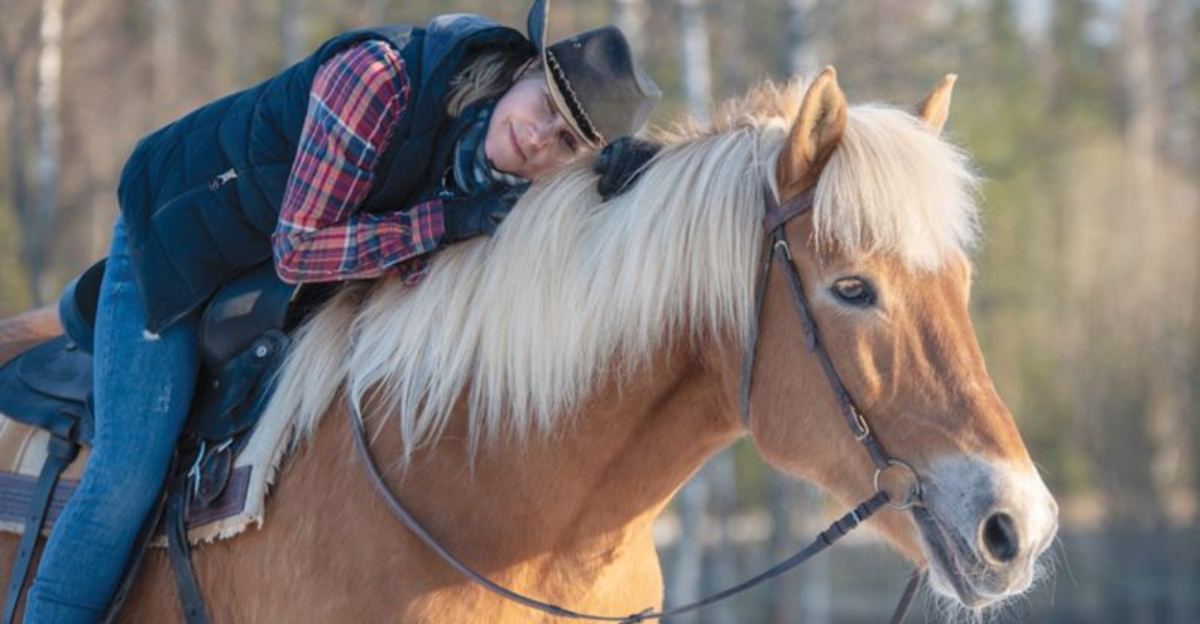
Ever heard someone say horses are just big dogs or that riding is a breeze? Horse riding myths run rampant among both non-riders and newbies alike.
These misconceptions not only create false expectations but can also lead to dangerous situations when people underestimate what’s involved. Let’s saddle up and gallop through some common horse riding myths that desperately need clearing up!
1. Riding Is Just Sitting There
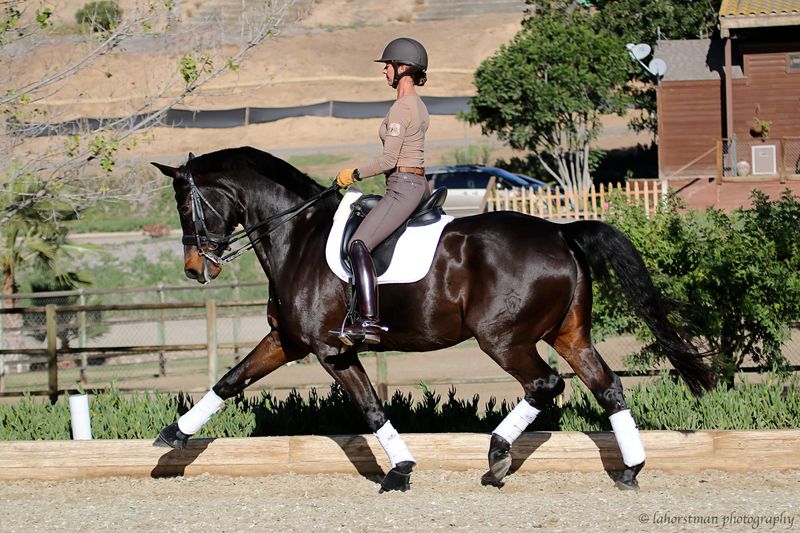
Riding requires serious muscle work! Your core, legs, and back engage constantly to maintain balance and communicate with your horse.
Professional riders burn as many calories as football players during intense training. The stillness you see is actually precise muscle control and balance that takes years to master.
2. Bigger Horses Are More Dangerous
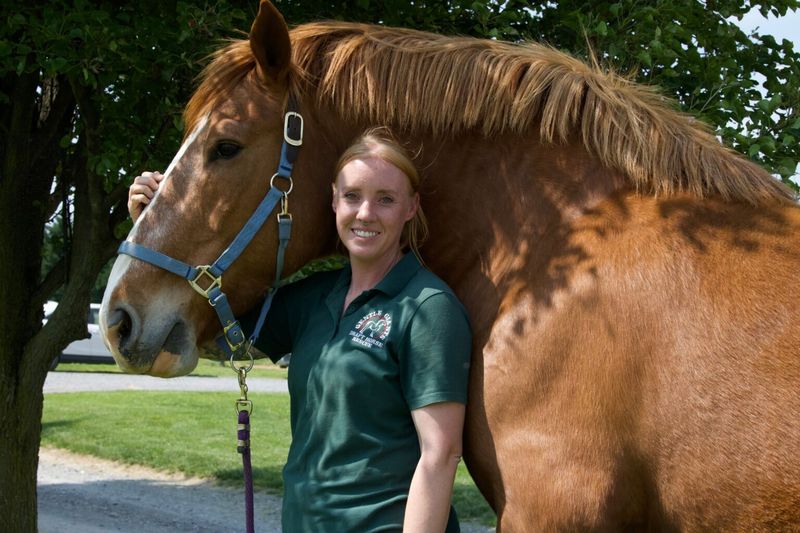
Size rarely determines a horse’s temperament. Many draft breeds like Clydesdales are famously gentle despite their massive size.
Smaller ponies often have more spirited personalities than their larger counterparts. Temperament comes from breeding, handling, and individual personality—not height or weight.
3. Anyone Can Ride Without Lessons
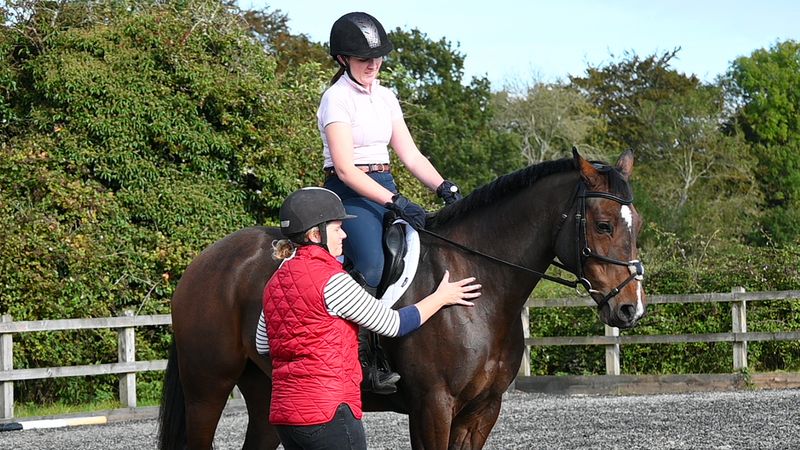
Jumping on a horse without proper instruction is like driving without lessons—dangerous and foolish! Proper riding techniques keep both rider and horse safe.
Even experienced riders continue taking lessons throughout their careers. Learning to communicate with a 1,000-pound animal requires specific skills that don’t come naturally to humans.
4. Horses Love Being Ridden
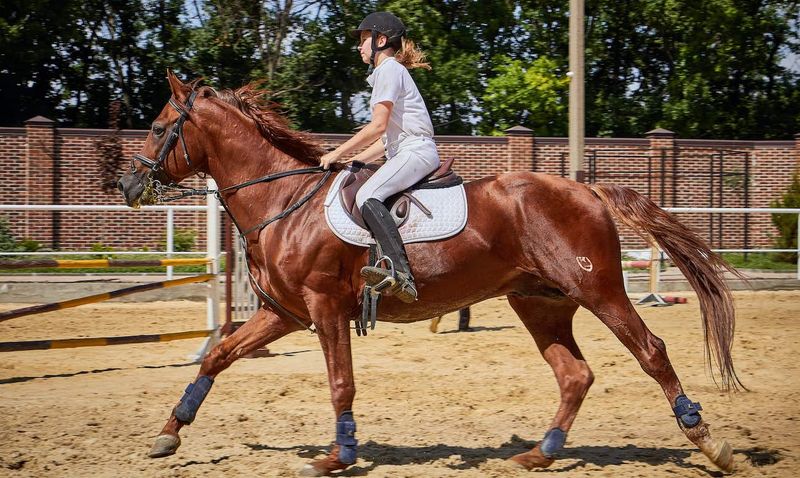
Not all horses enjoy carrying riders! Like people, each horse has individual preferences. Some genuinely enjoy work and human interaction while others merely tolerate it.
A well-trained, properly fitted horse with a balanced rider may enjoy the mental stimulation and partnership. But assuming all horses love being ridden is like saying all humans love jogging.
5. Pulling The Reins Makes Horses Stop
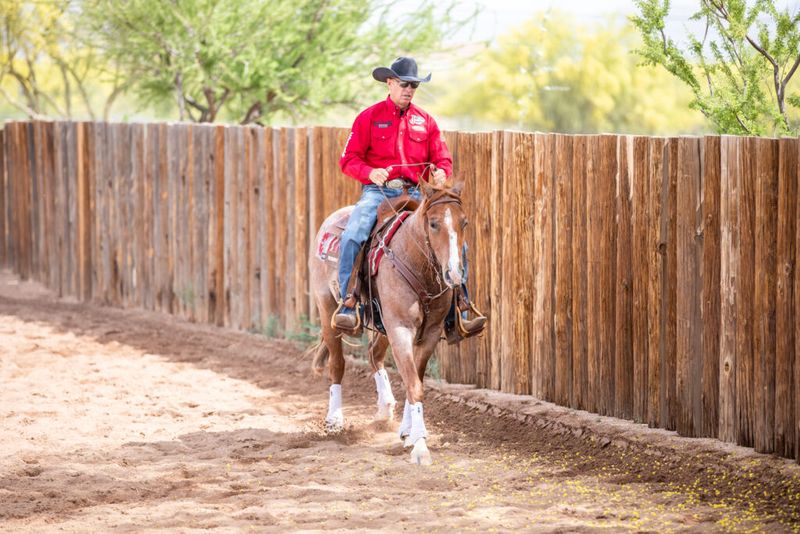
Yanking back on reins isn’t proper riding—it’s actually painful for horses! Proper stopping comes from seat cues, voice commands, and gentle rein pressure.
Horses respond to weight shifts and subtle signals. Good riders primarily use their body position, with reins as refinement tools rather than emergency brakes.
6. Horseback Riding Isn’t Really Exercise
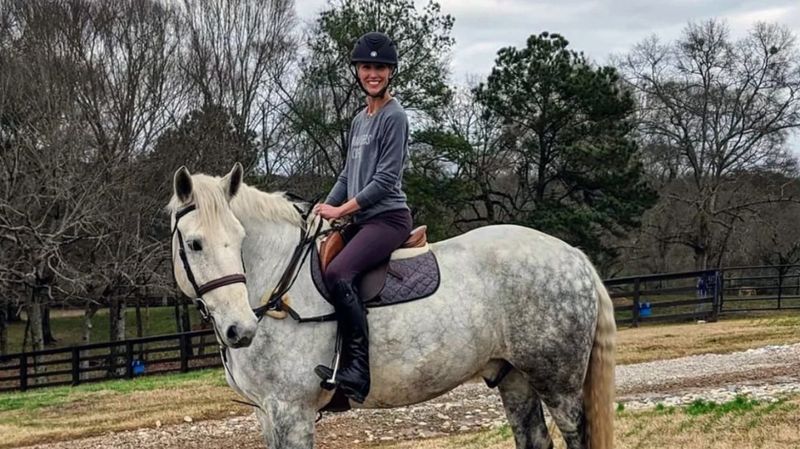
The Olympic Committee disagrees! Riding engages core muscles, inner thighs, and balance in ways few other sports can match.
An hour of posting trot burns approximately 400-500 calories. Riders develop asymmetrical muscle strength unique to equestrian sports, with studies showing improved cardiovascular health in regular riders.
7. You Need To Be Rich To Ride Horses
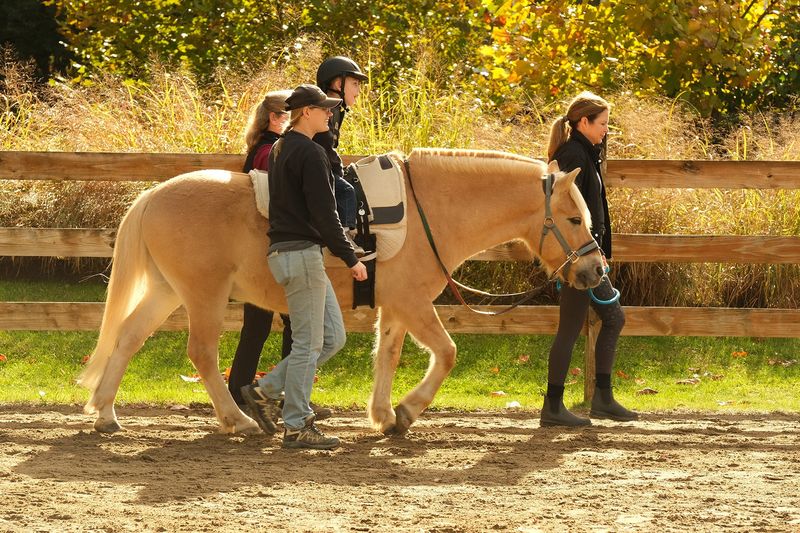
While horse ownership can be expensive, riding itself is accessible through many avenues. Lesson barns, working student positions, and leasing arrangements offer affordable options.
Community programs and therapeutic riding centers often provide scholarships. Rural areas typically have more budget-friendly options than urban centers.
8. Horses Are Just Big Dogs
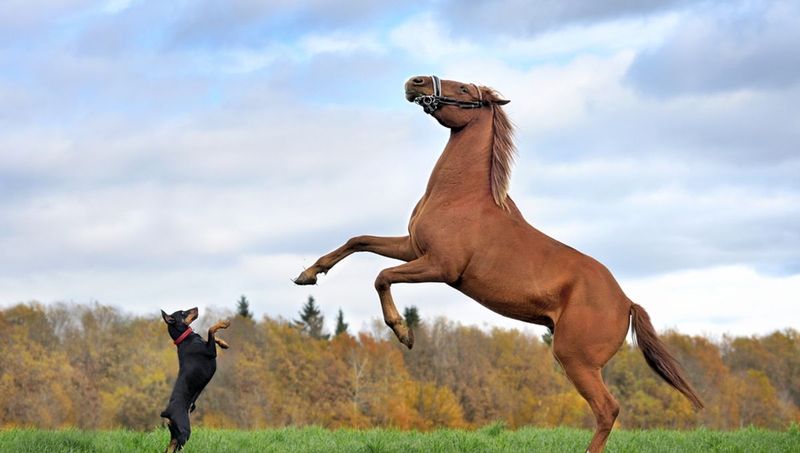
Despite both being domesticated animals, horses and dogs have fundamentally different psychology. Horses are prey animals with fight-or-flight instincts, while dogs are predators.
A horse’s eyes, positioned on the sides of their head, give them nearly 360-degree vision—perfect for spotting threats. Their brains process information differently, making horse training a unique discipline.
9. Horseshoes Are Painful For Horses
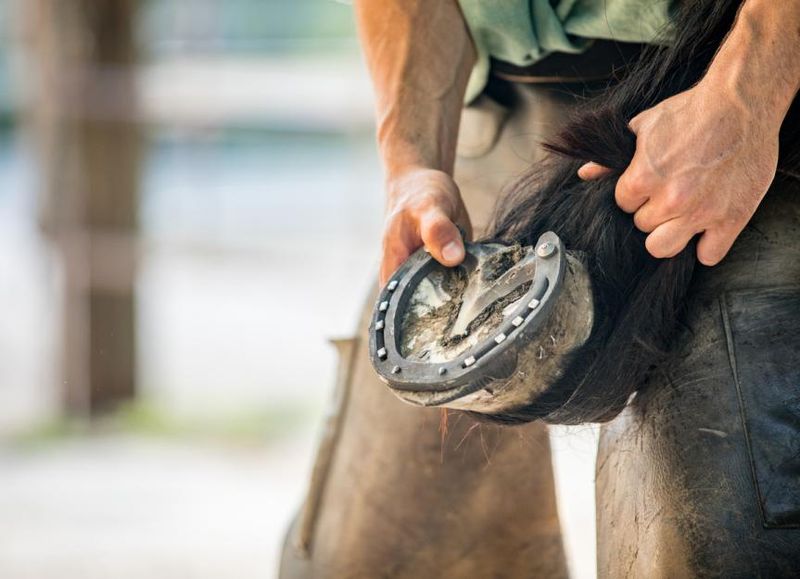
Horseshoes attach to the hoof wall—similar to our fingernails—containing no nerve endings. Proper shoeing causes no pain and actually protects hooves from excessive wear.
Modern farriers study equine anatomy extensively. Many horses require shoes for the same reason humans need shoes: protection, support, and correction of structural issues.
10. Horse Riding Is Only For Girls
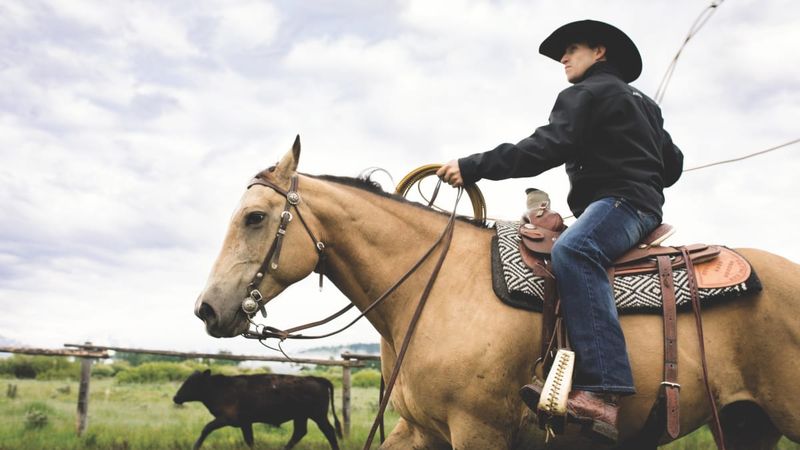
History begs to differ! For centuries, horseback riding was primarily a male activity—from cavalry soldiers to cowboys.
Men dominate many equestrian disciplines today, including racing, rodeo, and show jumping at elite levels. Cultural stereotypes vary by country, with many regions still viewing horsemanship as traditionally masculine.
11. Breaking A Horse Means Using Force
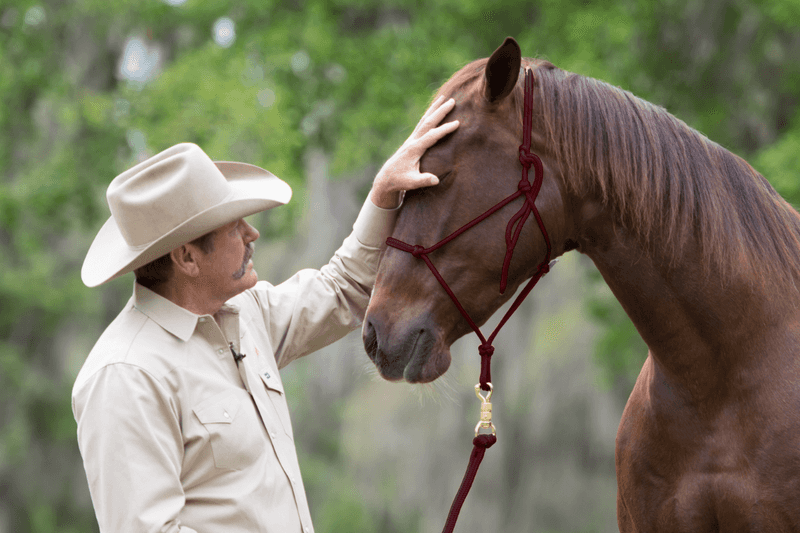
Modern horse training emphasizes partnership, not domination. The term “breaking” is outdated—today’s trainers use gradual desensitization and positive reinforcement.
Natural horsemanship methods work with the horse’s instincts rather than against them. Progressive training builds trust between horse and handler, creating willing partners rather than fearful subjects.
12. Horses With White Feet Are Weaker
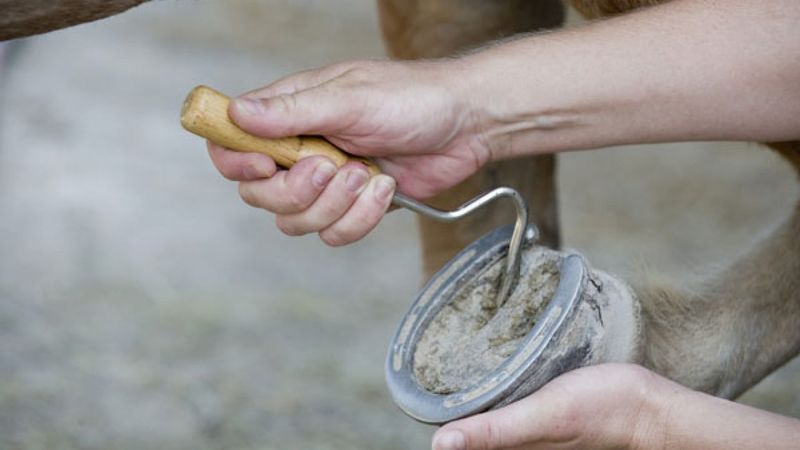
“One white foot, buy him; two white feet, try him; three white feet, deny him; four white feet, never rely on him” is pure superstition! No scientific evidence supports this old saying.
Hoof strength relates to genetics, nutrition, and environment—not color. Modern veterinary science has debunked this myth repeatedly through structural analysis of differently pigmented hooves.
13. Horses Need Bit Control For Safety
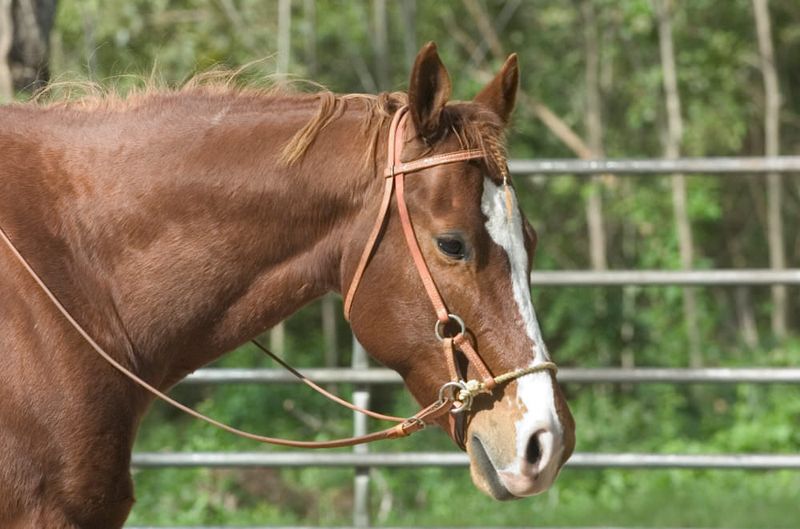
Countless skilled riders use bitless bridles or even ride with no headgear at all! Proper training focuses on body cues, not mouth pressure.
Many disciplines, including some dressage competitions, now allow bitless options. Safety comes from a well-trained horse responding to seat and leg aids, with the bit being just one possible refinement tool.
14. Horses Must Be Dominated To Respect You
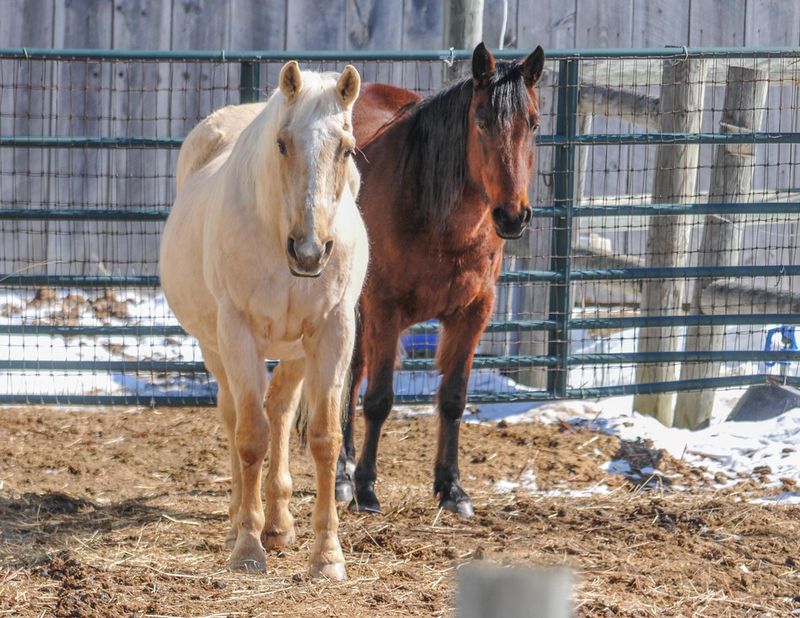
Force-based domination creates fear, not respect. Horses form strongest bonds with handlers who establish clear, consistent boundaries through fair leadership.
Equine social structures involve nuanced communication, not just dominance hierarchies. The most successful trainers understand horse psychology and use this knowledge to build willing partnerships based on mutual trust.
15. Young Horses Are Always Unpredictable
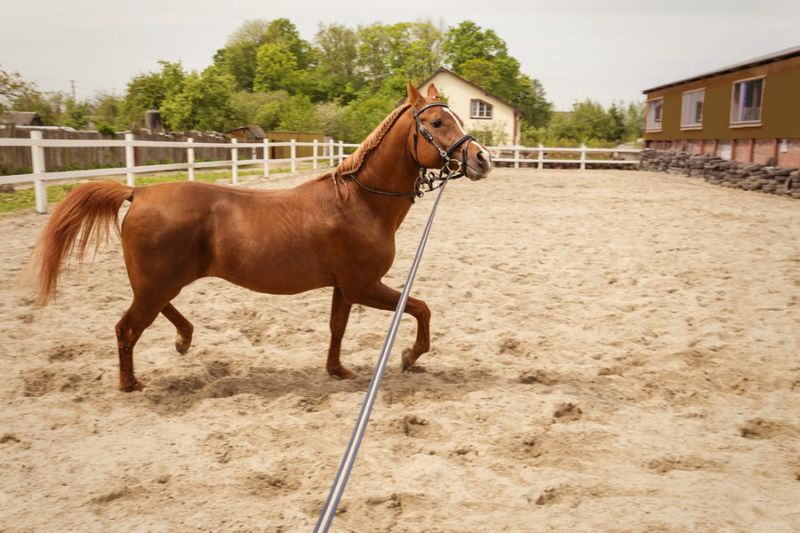
Age alone doesn’t determine reliability. Many young horses with proper training are more dependable than poorly trained older ones.
Temperament, handling history, and training consistency matter more than birth date. Some breeding programs specifically select for level-headed youngsters that maintain composure even during early training.
16. Western Riding Is Easier Than English
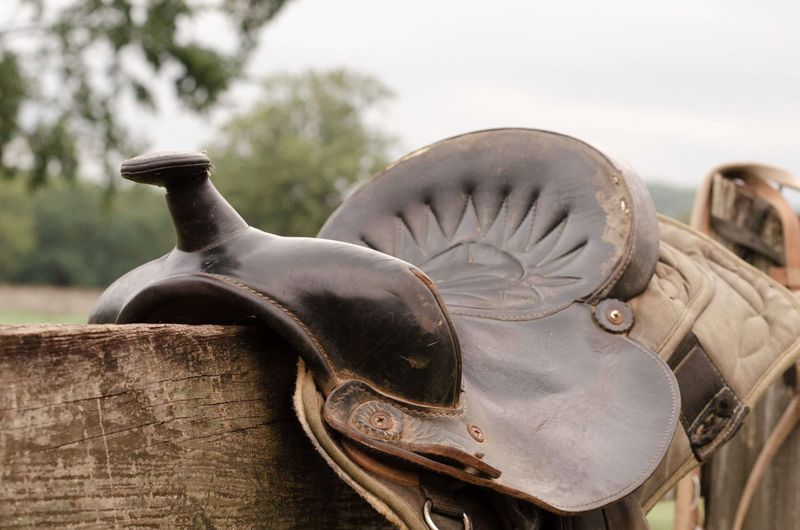
Each discipline demands different skills! Western riding emphasizes subtle cues and one-handed control, while English riding focuses on precise contact and position.
Western saddles provide more support, but riders must master extremely subtle leg and weight cues. Both styles require years of practice to master and present unique challenges to riders.
17. All Horses Buck And Rear Regularly
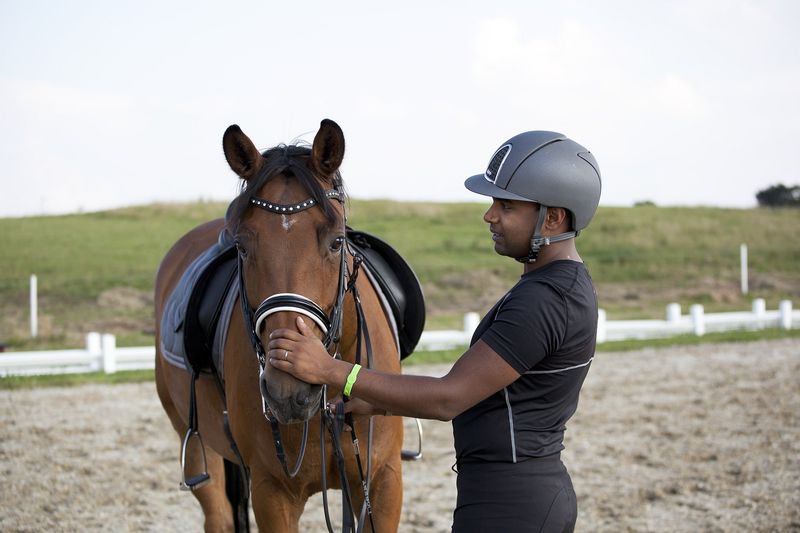
Well-trained horses rarely display these behaviors! Bucking and rearing typically indicate pain, fear, or training gaps—not normal horse behavior.
Hollywood dramatizes these actions for excitement. In reality, most riding horses go their entire lives without a serious buck or rear unless something is wrong with training, equipment, or health.
18. Older Horses Are Always Safe Choices
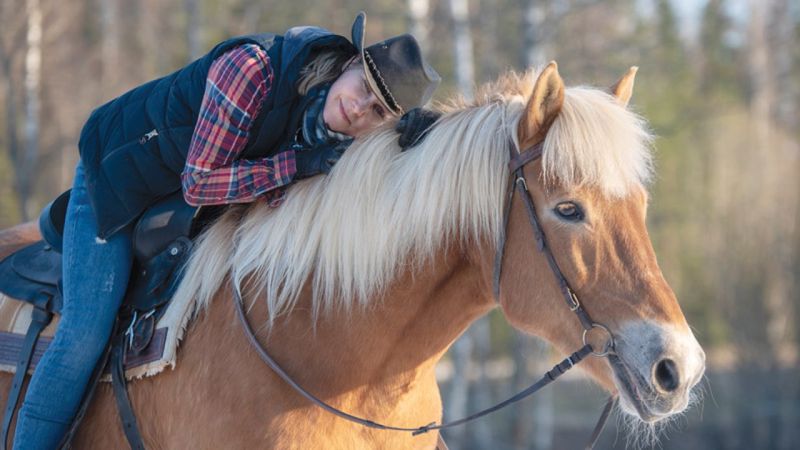
Age doesn’t guarantee good behavior. An older horse with ingrained bad habits can be more dangerous than a properly started youngster.
Some senior horses develop medical issues affecting temperament. The best indicator of safety is training history and handling consistency throughout the horse’s life, not simply the number of candles on their birthday cake.
19. Horses Are Colorblind
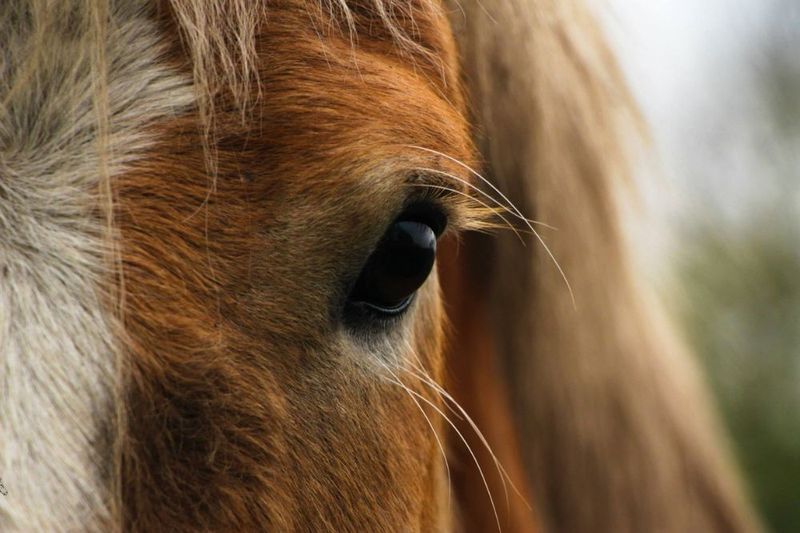
Horses have dichromatic vision, not total colorblindness! They see blues and yellows particularly well, though reds appear more muted.
Their vision excels at detecting movement and functions well in low light. While they do have blind spots directly in front and behind, their nearly 360-degree field of view compensates for these limitations.

